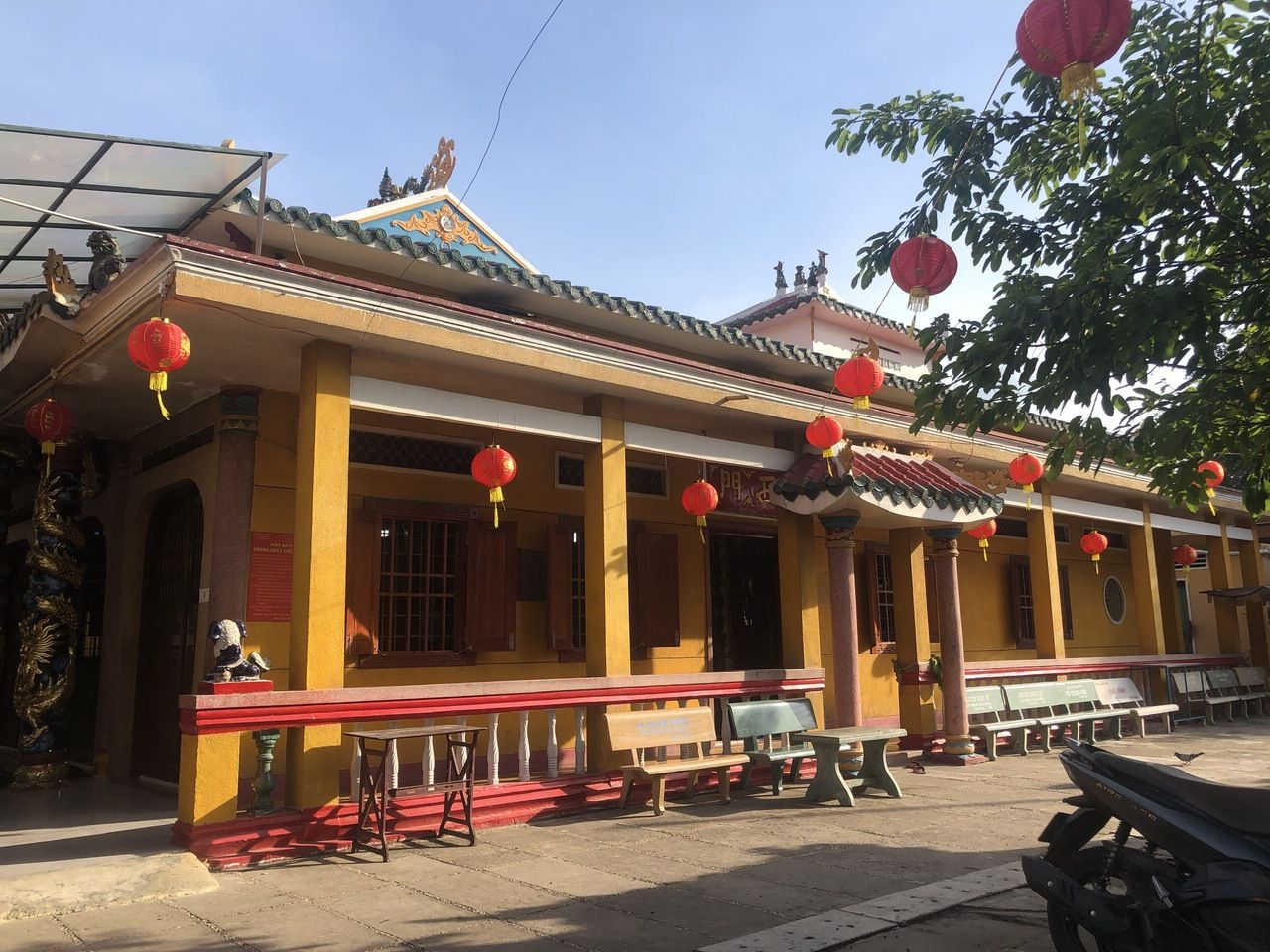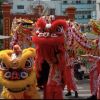
Binh Dong Communal House is located on an islet in the middle of Kenh Doi (Doi Canal) in Ward 7, District 8, Ho Chi Minh City. The exact establishment date of the house is unknown, but it is believed to be much older than 1853 when King Tu Duc consecrated it sacred. The House is famous for its location, role in the local community, and historical link to the former President of Vietnam, Ton Duc Thang.
Early days
The elders claim that Binh Dong Communal House has existed since ancient times and was originally a leaf house used for community meetings and worship. In 1922, the house was renovated with tiled roofs, plank walls, and wooden trusses, forming the traditional Nam Bo Communal House structure with a martial arts hall and main hall in the middle, and Langs on either side and a Nghia Tu house next to it. In 1930, the house was repaired after degradation, with roof tiles replaced by double-layer pipe tiles, wall plastering with bamboo tiles, and brick flooring.
Destroyed and Re-built
Unfortunately, during the 1968 Mau Than General Offensive and Uprising, the communal house was destroyed by bombs, destroying parts of the martial arts hall, main hall, and inscriptions. In 1991, the house was rebuilt with concrete and iron reinforcement materials, but the overall architecture remained the same. This new construction also included more traditional houses. The main hall still contains valuable artifacts such as the temple worshiping the gods, Ta Ban and Huu ban, the Council, and carved patterns of apricot, orchid, chrysanthemum, bamboo, peony, squirrel, and cupola on precious wood. There are also two tables for worshiping, Tien Hien and Hau Hien, and a table for Fairy-Monk. The traditional house next to it displays pictures of Ton Duc Thang's time in Saigon and at the communal house. The house also features the Ngu Hanh temple, Than Nong altar, and Ong Ta temple, as well as a stage for the singing of the festival.
Festive season
Every year, the Ky Yen festival is held with traditional rituals such as the Tuc Dan and Doan ceremonies, and the Thinh Sanh sacrifice. During the festival, there are main worshipers, assistants, disciples, and followers with gongs, drums, and trumpets. The festival also includes the custom of "singing boi" to serve the gods and the people who come to worship, taking place on the 12th and 13th of the second lunar month.
Binh Dong Communal House holds historical significance as well, as former President Ton Duc Thang and leader Ka Hiem used it as the basis of the Red Union in 1920. The Red Union, which thrived among workers to unite against imperialism, held many important meetings at the house from 1925 to 1928, with Ton Duc Thang giving lectures on Marxism and patriotism for the core workers. The main hall also safely hid Nguyen Ai Quoc's secret letters, books, and newspapers promoting Marxism. In general, Binh Dong Communal House is a sacred and historic site for the local community and for the country.










